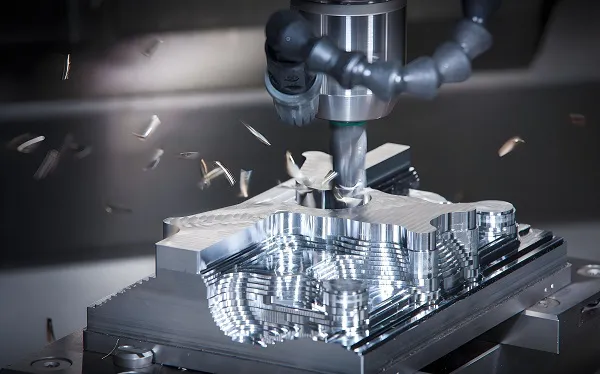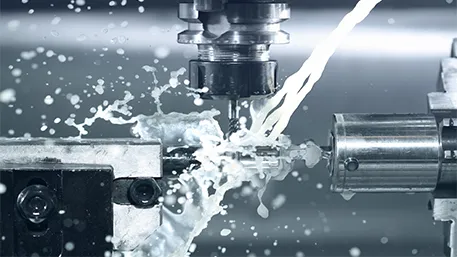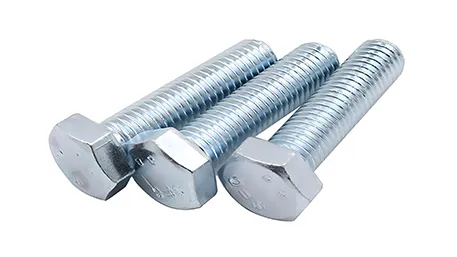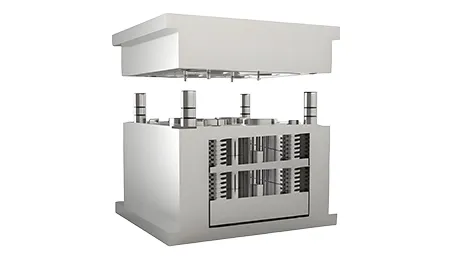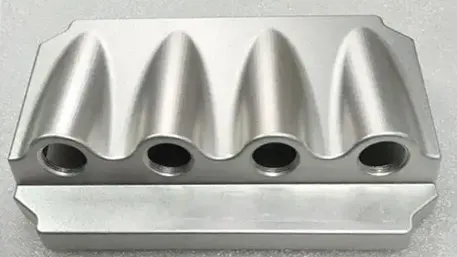Plastic spindles, as a new type of mechanical transmission component, have been widely used in many industrial fields due to their lightweight, wear resistance, self-lubricating properties, corrosion resistance, and economic and environmental friendliness. Especially in situations requiring reduced friction, noise, weight, and improved corrosion resistance, plastic spindles have become an ideal choice.
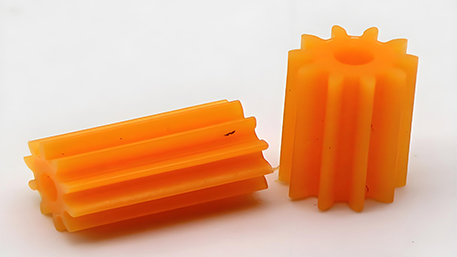
Production Process of Plastic Spindles
- Material Preparation: The main raw material for plastic spindles is engineering plastics, such as nylon, Teflon, and other polymer materials. The raw materials need to be dried to remove moisture and impurities, ensuring the quality of the resulting spindle.
- Injection Molding: The dried raw materials are heated and melted through an injection molding machine, and then the molten plastic is injected into the spindle mold through the injection molding process. Injection molding is the most critical step in the entire production process. Parameters such as the temperature, pressure, and injection speed of the injection molding machine need to be precisely controlled to ensure the precision and quality of the spindle.
- Surface Treatment: After injection molding, the spindle requires surface treatment, such as grinding and polishing, to improve its smoothness and surface quality. Additionally, special treatments, such as adding wear-resistant coatings or electroplating, can be performed to increase the spindle’s service life and corrosion resistance.
- Assembly and Inspection: The treated plastic spindle needs to be assembled and ensured to have proper fitting clearance with shafts, bearing housings, and other components. After assembly, strict quality inspections are conducted to ensure that the spindle’s performance and precision meet the design requirements.
Customization of Plastic Spindles
- Requirement Communication: Customers need to clarify the spindle’s purpose, working environment, load requirements, and dimensional specifications, so that we can provide a customized design solution.
- Material Selection: Based on customer needs, we offer a variety of plastic materials to choose from, such as nylon, Teflon, acetal, and phenolic, to meet different performance requirements.
- Design Optimization: Our engineers will design and optimize the spindle’s structure according to the parameters and requirements provided by the customer, ensuring optimal spindle performance and precision.
- Manufacturing: Following the design plan, the production process includes material preparation, injection molding, surface treatment, and assembly, ensuring spindle quality meets customer requirements.
- Quality Inspection and Delivery: Strict quality inspections are conducted on the customized spindle to ensure all performance indicators meet the requirements before delivery.
Introduction to Plastic Spindle Materials
Materials: Nylon, Teflon, acetal, phenolic, etc.
Characteristics:
- Lightweight and High Strength: Plastic spindles are lightweight but strong, with a weight that is only a fraction of metal spindles, yet they meet most application requirements for strength and stiffness.
- Self-Lubricating: Plastic materials have good self-lubricating properties, significantly reducing the coefficient of friction, wear, and noise.
- Corrosion Resistance: Plastic spindles are resistant to various chemicals and can operate stably in harsh environments for extended periods.
- Economic and Environmentally Friendly: The production cost of plastic spindles is low, and they are easy to recycle and reuse, meeting environmental requirements.
Characteristics of Plastic Spindles Made from Different Materials
| Product | Material | Friction Coefficient | Operating Temperature (°C) | Strength (MPa) | Stiffness (GPa) |
|---|---|---|---|---|---|
| Spindle A | Nylon | Low | 120 | 50-100 | 1-2 |
| Spindle B | Teflon | Extremely Low | High (depending on filler addition) | 30-60 | 0.5-1 |
| Spindle C | Acetal | Extremely Low | Room temperature to higher temperatures (depending on application environment) | 60-80 | 1-1.5 |
| Spindle D | Phenolic | Higher | High temperatures | 80-120 | 1.5-2.5 |
Note: The above data are for reference only. Specific performance may vary depending on material formulation, production process, and testing conditions.
FAQs on Customized Plastic Spindles
Q1: Can plastic spindles withstand high loads?
A: The load capacity of plastic spindles depends on the strength and stiffness of the selected material. Generally, through reasonable material selection and structural design, plastic spindles can meet most application requirements.
Q2: How is the wear resistance of plastic spindles?
A: Plastic materials have good self-lubricating and wear-resistant properties, significantly reducing the coefficient of friction and wear rate. Additionally, wear-resistant coatings or electroplating treatments can further enhance the wear resistance of plastic spindles.
Q3: How is the corrosion resistance of plastic spindles?
A: Plastic spindles are resistant to various chemicals and can operate stably in harsh environments for extended periods. However, specific corrosion resistance depends on the selected material and application environment.
Q4: What is the production cycle for plastic spindles?
A: The production cycle of plastic spindles depends on factors such as order volume, material preparation, production process, and quality inspection. Generally, we will arrange production plans based on customers’ specific needs and delivery time requirements to ensure timely delivery.

